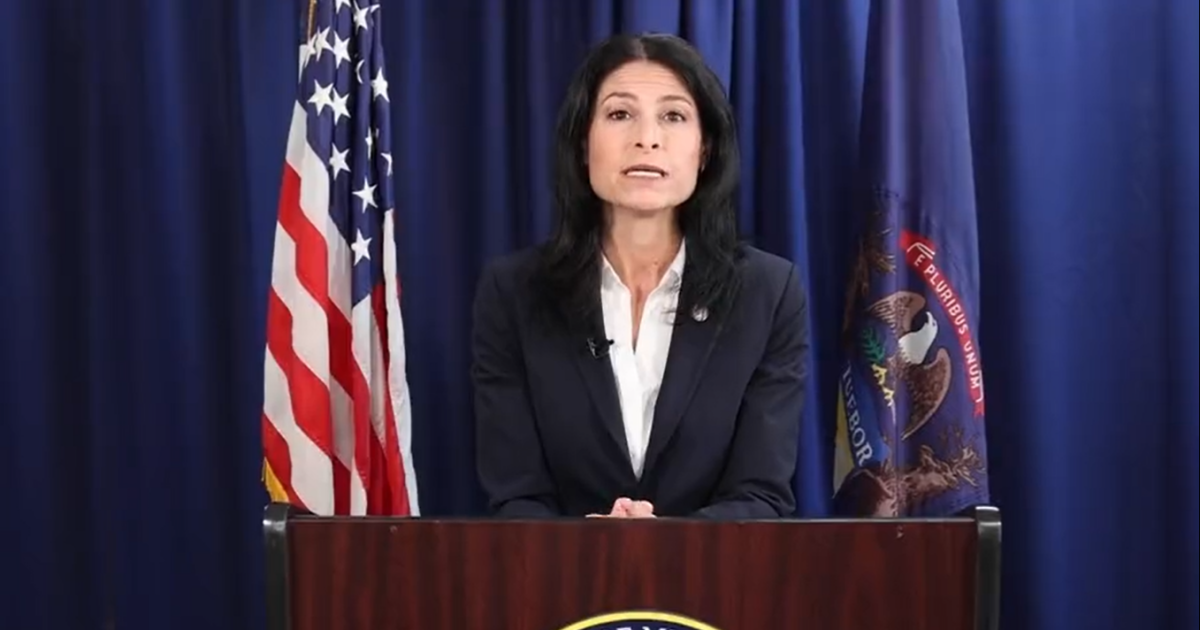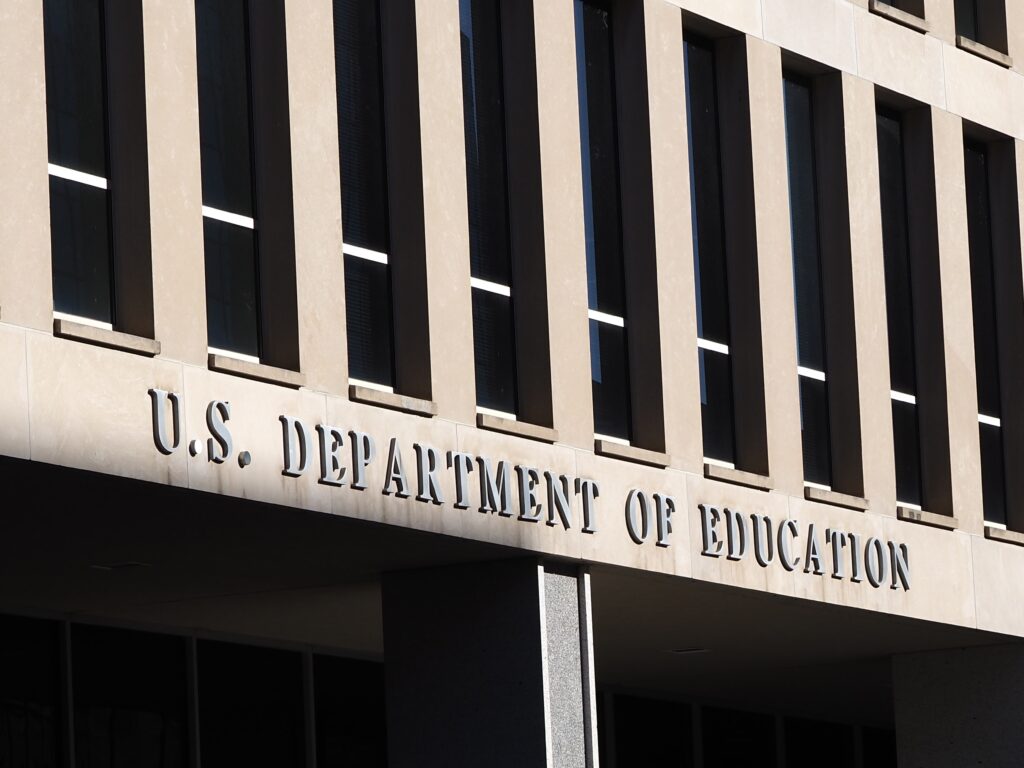IRVING, Texas — At de Zavala Middle School, four girls gathered around a workshop table, puzzled over a Lego machine they constructed. Their purple card failed to activate the machine, prompting them to try an orange card, which successfully started the machine.
The teacher emphasized the importance of viewing mistakes as iterations. The girls’ discovery highlighted the machine’s color sensitivity, sparking excitement. “Oh! Oh, it reacts differently to different colors,” exclaimed sixth grader Sofia Cruz.
De Zavala’s first year as a STEM-focused choice school has a sixth-grade class where half are girls, aiming to retain them in STEM fields. In higher grades, which joined before the STEM focus, elective STEM classes sometimes have only one girl.
Efforts to bridge the STEM gender gap, disrupted during the Covid-19 pandemic, are regaining momentum. Schools face challenges in recovering girls’ lost interest and performance in STEM subjects.
Pre-pandemic, gender gaps in math scores were closing. However, an AP analysis shows girls lost ground in math scores during Covid-19, widening the gender gap despite boys’ scores also suffering.
Online learning led to a lapse in girls’ engagement programs. Zoom classes emphasized rote memorization, potentially favoring boys over problem-solving, which may benefit girls. Michelle Stie from the National Math and Science Initiative noted, “When society is disrupted, you fall back into bad patterns.”
Related: Stay informed with our free weekly newsletter on K-12 education.
In 2008-09, boys outperformed girls in math. A decade later, girls had caught up. However, post-pandemic, boys outscored girls in math in nearly 90% of districts in 2023-24. NWEA’s study found a shift favoring boys in science and math by 2022.
During the pandemic, girls reported higher anxiety and depression and took on more caretaking duties, but this didn’t affect their reading performance, where they continued to excel over boys.
Megan Kuhfeld, a co-author of the NWEA study, clarified, “It wasn’t something like Covid happened and girls just fell apart.”
Related: These districts are bucking the national math slump
Before the pandemic, teaching methods had shifted to emphasize problem-solving over rote memorization. Schools focused on encouraging girls’ participation in STEM through hands-on learning and real-life applications.
Superintendent Kenny Rodrequez observed that when boys dominated STEM classes, girls lost interest. The Grandview C-4 District in Kansas City balanced classes by gender, enhancing girls’ engagement.
During the pandemic, remote learning took precedence, requiring retraining for new teachers when in-person classes resumed. Rodrequez noted, “Whenever there’s crisis, we go back to what we knew.”
Related: One state tried algebra for all eighth graders. It hasn’t gone well
Bias against girls in STEM persists, say educators and advocates, often internalized by girls at a young age. Teacher Raphael Bonhomme in Washington, D.C., noted girls rarely describe themselves as good at math, even at age 8.
Girls may have been more sensitive to pandemic-driven instructional changes, said Janine Remillard, a math education expert. Girls tend to prefer learning connected to real-life examples, unlike boys who thrive in competitive settings.
At de Zavala, the STEM program fosters curiosity, resilience, and problem-solving. Post-pandemic, Irving schools invested in teacher training, said Erin O’Connor, a STEM and innovation specialist.
The district piloted Lego Education’s new science curriculum, engaging students with hands-on lessons like kinetic energy and genetics. “It is just rebuilding the culture of, we want to build critical thinkers and problem solvers,” O’Connor stated.
Teacher Tenisha Willis guided second graders at Townley Elementary through building a machine, encouraging them to find solutions through adjustment. “Sometimes we already have a solution. We just have to adjust it a little bit,” Willis advised.
Lurye reported from Philadelphia. Todd Feathers contributed reporting from New York.
The Associated Press’ education coverage receives financial support from multiple private foundations. AP is solely responsible for all content. Find AP’s standards for working with philanthropies, a list of supporters and funded coverage areas at AP.org.
The Hechinger Report provides in-depth, fact-based, unbiased reporting on education that is free to all readers. But that doesn’t mean it’s free to produce. Our work keeps educators and the public informed about pressing issues at schools and on campuses throughout the country. We tell the whole story, even when the details are inconvenient. Help us keep doing that.
—
Read More Kitchen Table News










